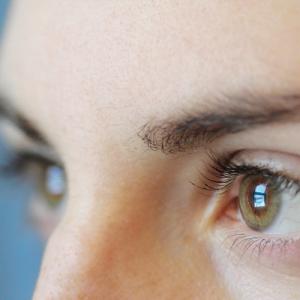Q. Every so often, my left eye twitches. It goes away after a while, but it's annoying. Is there a remedy?
Eye-twitching - also called eye spasms or blinking disorder - is known technically as blepharospasm. It usually is not a serious condition.
In most cases, the eyelid spasms stop on their own. The most common causes are fatigue, stress, prolonged staring, eye strain and caffeine. The best remedies are more sleep, relaxation techniques, reduced caffeine, warm soaks, eye drops and correcting vision deficiencies.
In most people, eye-twitching develops spontaneously. However, the symptoms of dry eye frequently precede it.
Blepharospasm stems from an abnormal function of the basal ganglion, which is the part of the brain responsible for controlling muscles. Benign twitches often affect the calf and the thumb, too. Some believe that eye-twitching is a hereditary problem.
It is possible to suffer from severe muscle spasms that close the eyelid completely.
These can be caused by irritation of the surface of the eye or the membranes lining the eyelids.
You should see an eye doctor if twitching continues for more than a week, completely closes your eyelid or affects other parts of your face. Other symptoms that require medical attention are a drooping upper eyelid, redness, swelling or a discharge from your eye.
In severe cases, there are treatments available.
There is no successful cure for eye twitching, but treatments may reduce its severity. The injection of Botox into the muscles of the eyelids is an approved treatment in the United States. Botox paralyzes the muscles of the eyelids.
Oral medications for twitching are available but results with them are unpredictable. Symptom relief is usually short term and tends to be helpful in only 15 percent of the cases. One drug may work for some patients and not for others. When the effects of one drug wear off, sometimes the replacement with another drug helps.
Alternative treatments include biofeedback, acupuncture, hypnosis, chiropractic and nutritional therapy. There is no proof that these alternative therapies work for eye twitching.
In rare cases, surgery may be recommended particularly if twitching is interfering with vision. Myectomy is a surgical procedure to remove some of the muscles and nerves of the eyelids. This surgery has improved symptoms in 75 to 85 percent of people with eye twitching.























































